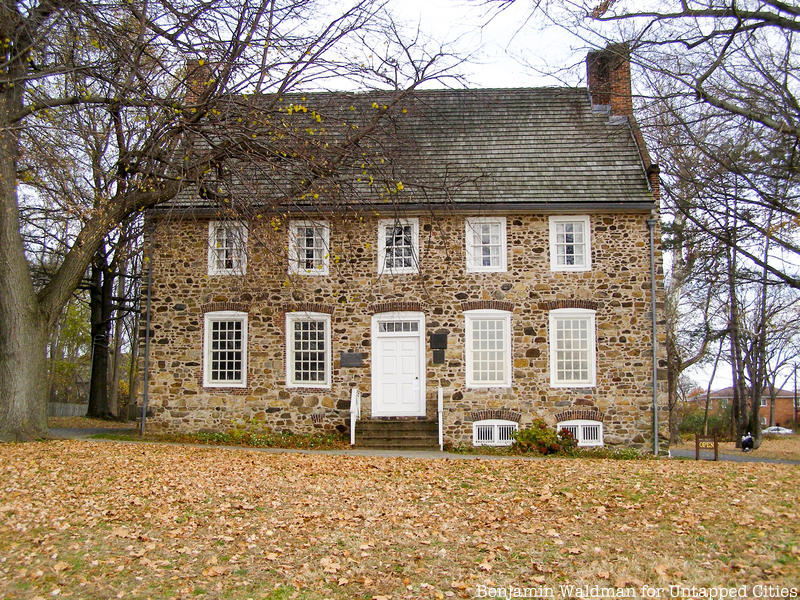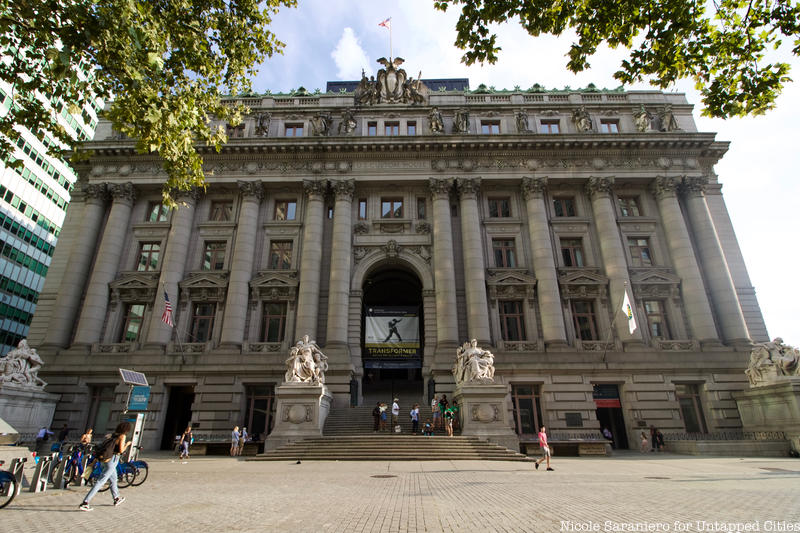21. Ward’s Point, Staten Island

Ward’s Point, the southernmost point of both Staten Island and New York state, contains an archaeological site inside Conference House Park often considered one of the best preserved sites for studying Native American history in the state. Evidence of Paleo-Indian presence dates all the way back to around 6,000 BC. The burial ground, which remains unmarked, was used by Lenape peoples from the Woodland period until Dutch colonization. Erosion at the site’s beach showcases remains of large shell middens.
Ward’s Point was occupied in large part by the Raritan band of the Lenape, living around the Raritan River. In 1895, archaeologist George H. Pepper was contracted to lead research at Burial Ridge by the American Museum of Natural History. Alongside human remains, many of which were found in flexed positions, were hammerstones and ax heads. Notably, the body of a child was uncovered alongside utensils and pendants, as well as potentially copper ornaments. Eventually, in 1670, Staten Island was sold by the Munsee residents in a complicated 1670 deed which was signed strangely by four random sons of the colonists.
Elsewhere on Staten Island, a village in West New Brighton was uncovered with a few traces of Native occupancy. In the neighborhood of Rossville was a shell heap, while there were likely settlements around modern-day Freshkills Park. There is also evidence of Native occupancy around the Sandy Ground and Great Kills on Staten Island.
Next, check out the Top 10 Secrets of the National Museum of the American Indian!






